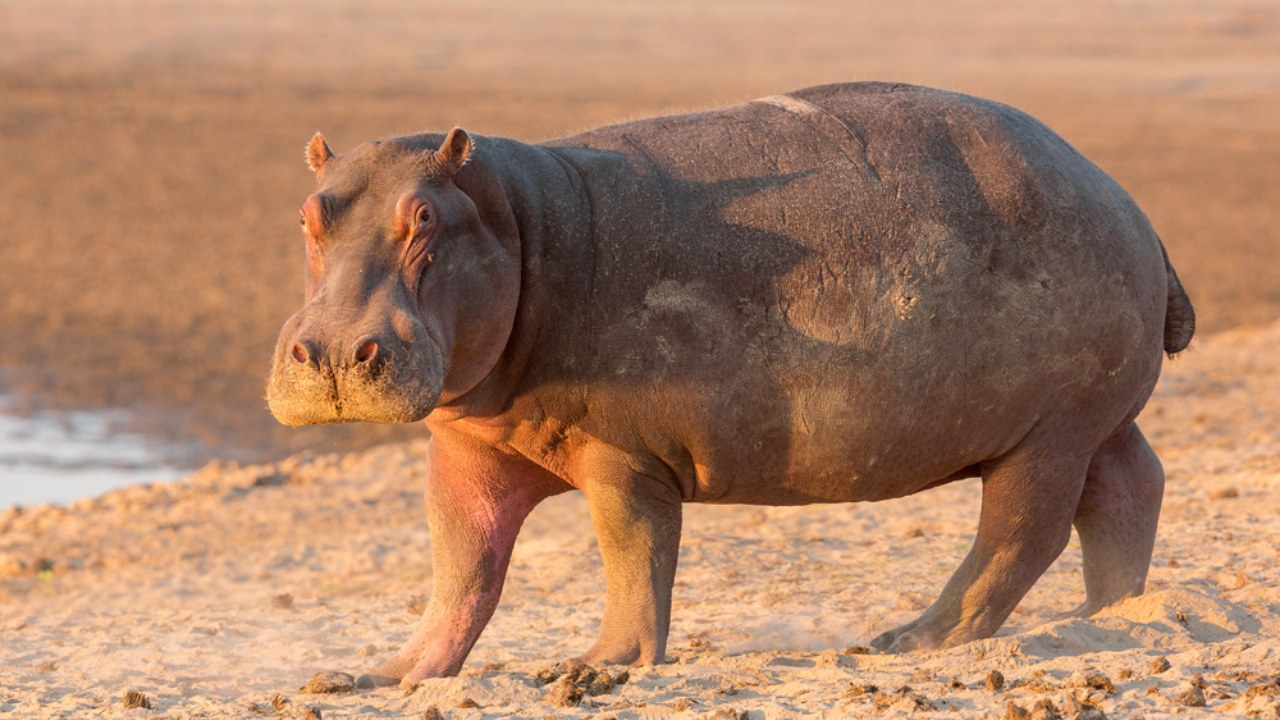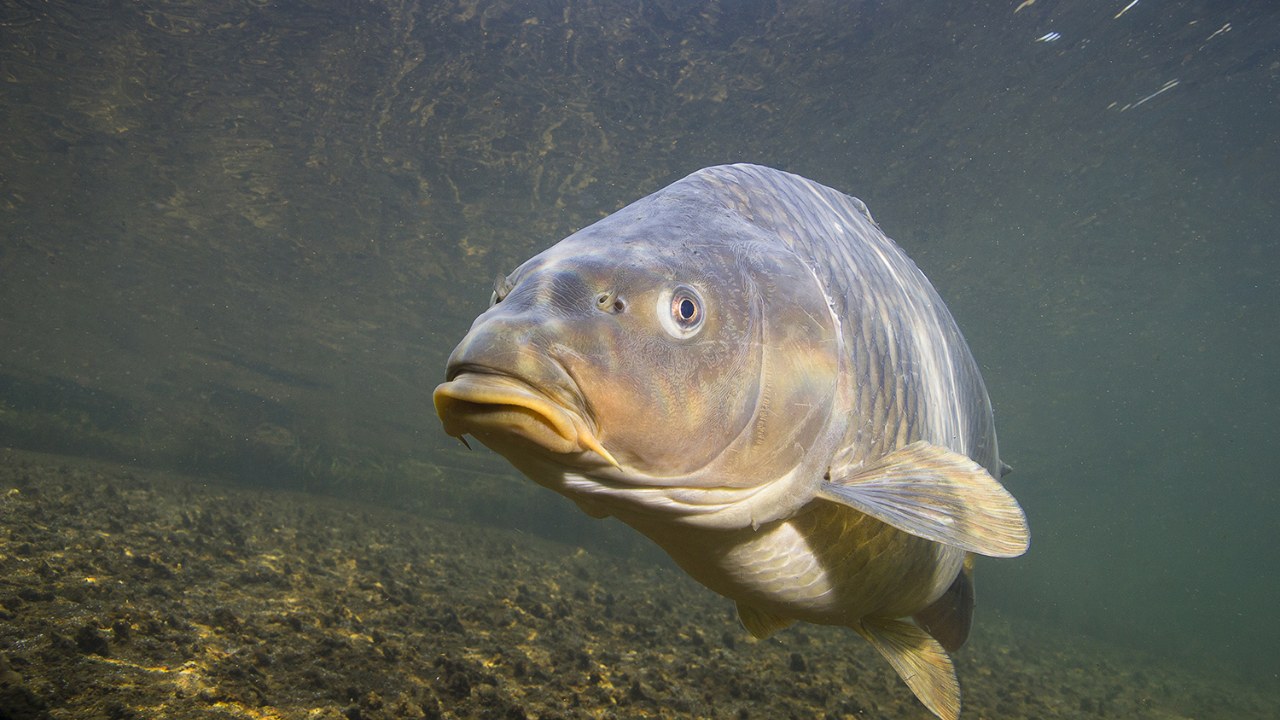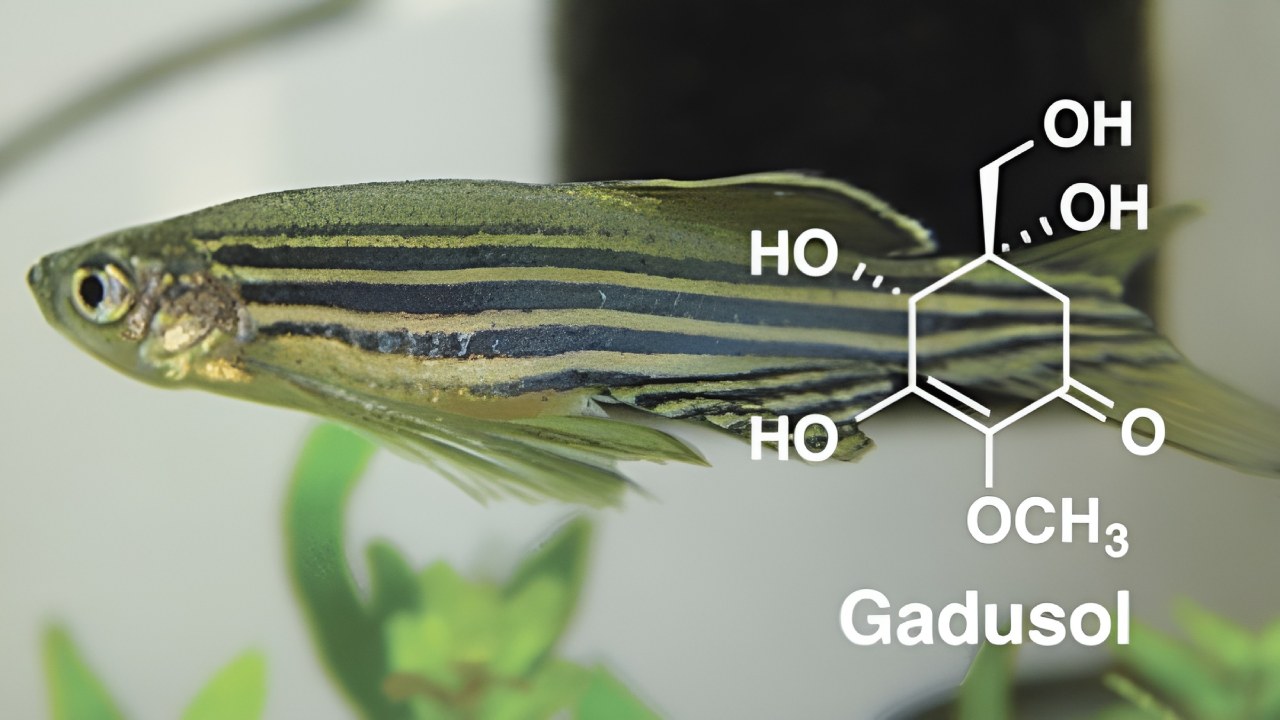Long-term exposure to the sun’s UV rays, especially UV-B rays, causes sunburn on our skin. Along with us, animals also face the painful sensation of sunburn.
Just as humans are protected from the sun by shades and clothing, the fur of animals protects their skin from damage. But hippo, elephant, rhino and pig Animals like these do not have fur.
What about these animals? How to protect from the sun?
Creatures that do not have enough fur or feathers to cover their bodies are surprisingly capable of creating their own sunscreen.
Sweat is common in many mammals such as horses and monkeys, and sweating is the body temperature of animals controlled by various physiological mechanisms. kept within certain limits It helps.
Sweat, which is quite disturbing to us with its smell and feel, is very valuable for hippos, for example. These animals protect their hairless skin from the harmful effects of the sun. They secrete blood-like sweat.
In fact, it would be more accurate to call this secretion specific to hippos viscous rather than sweat.

Because this secretion The fluid is secreted from the subcutaneous gland, not the sweat gland.. Viscous is colorless when it first leaves the body, but after a short time it turns first red and then brown as the pigments polymerize.
These secretions absorb the harmful UV rays of the sun and, in a way, sun protection function sees. It also provides antibiotic properties against some bacteria.
What about fish?

Although it may not seem possible, fish are actually exposed to harmful levels of UVB rays even in the depths of water. Because these rays can reach depths of over 10 meters in clear waters. power to penetrate has.
On the other hand, various organisms have their own ways of adapting to avoid exposure to UV rays. For example, some have a device that repairs damage caused by UV radiation. DNA repair mechanism is available.
However, this mechanism does not provide perfect protection against UV damage, and therefore most aquatic organisms produces its own sunscreen. One of these sunscreens is melanin, but although this substance acts as sun protection, it cannot perform adequately for the fry developing inside the eggs.
Therefore, instead of melanin, an amino acid-like compound called gadusol works to protect the eggs of some fish species.

Additionally, gadusol allows aquatic animals to camouflage. Gadusol, It is transparent and invisible, unlike melanin, which is opaque and easily visible. An organism can hide through the gadusol and also take advantage of nutrient-rich sunny areas underwater.
So gadusol, for a fish primary sunscreen function While seeing, melanin provides secondary protection against the sun.
Our other content that may interest you:
RELATED NEWS
Striking Results Showing What Your Skin Can Do If You Don’t Use Sunscreen! So What Should You Pay Attention to When Buying?
RELATED NEWS
Quickly, Before Summer Ends: Is Sunscreen More Harmful or Sun Rays?
RELATED NEWS
Your Grandchildren May Never See These 15 Animals: And You Have a Hand in It Too!
RELATED NEWS
